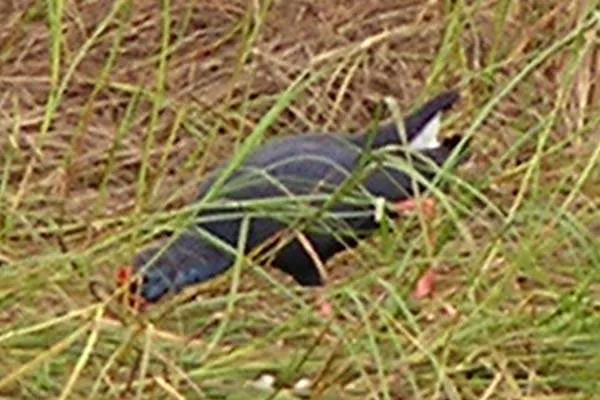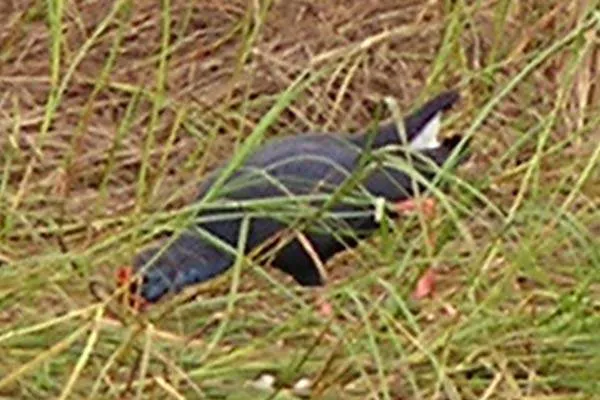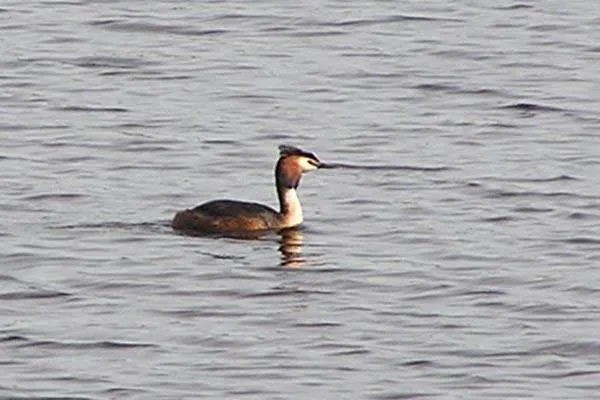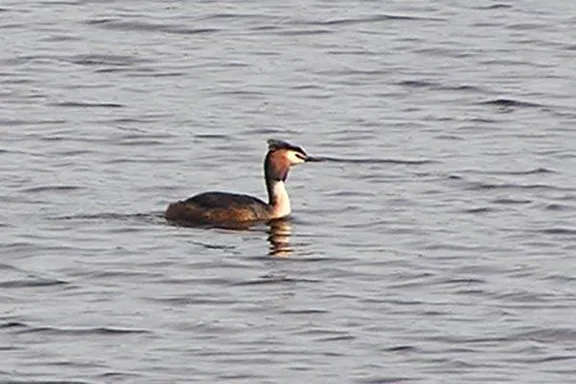Birdwatching at Laguna del Acebuche in the Doñana National Park, Andalucia
By Nick Nutter | Updated 15 Mar 2022 | Huelva | Birdwatching |
Login to add to YOUR Favourites or Read Later


Purple Galinule
The maximum height above sea level anywhere in the Doñana National Park is 47 metres yet, within the 50,720 hectares that make up the park, there are three separate ecosystems, dunes, cotos (stabilised sand) and marshlands. It is these characteristics that make Doñana the most important wetland area in Europe.


Crested Grebe
Laguna del Acebuche is on the edge of the fully protected area of the Parque Nacional de Doñana and has been laid out with hides and, in total, about 12 kilometres of wooden board walks. There is also a visitors centre, café and picnic area so spending some time there is not a hardship.
The bird life you are likely to see, depending on the season, is remarkable. Little and great crested grebes, pochards and red crested pochards, azure winged magpies (watch for these around the picnic benches alongside the car park), glossy ibis, snipe, storks, purple heron, purple galinules and egrets, a whole host of warblers and buntings and, if you are lucky, a European canary. Tortoises bask on rocks and mud protruding from the shallow water. The majority you will see are the spur thighed tortoise which is a native but notice the posters in the hides that warn you about a species that was introduced probably by somebody abandoning unwanted pets. If you see one of these please report it at the visitors centre.
In this area also keep your eyes open for another resident of the park, the mongoose and, if you are exceptionally lucky you may see the wild Iberian lynx that is verging on the edge of extinction.
It is however the plant life that you are likely to notice first. Large information boards tell you that the plant types are distributed according to their distance from underground water. In the drier areas you will find monte blanco, where the predominant species is the white rock rose. In the lower, more humid areas you will find monte negro, cork oaks, ferns and heaths. In relatively high areas near the coast you will see remnants of the original vegetation, savine and prickly juniper. These are the plants that form the backcloth to the annuals, biannuals and bulbs that put on a show in their own allotted seasons. There are thousands of them. April and May are the two months when the majority of flowering species are at their best, and, if we are lucky, after the ‘second spring’ between October and November, an artist’s palette of colour wherever you look. The scent of the hot sandy earth overlaid with the herby aromas is so characteristic of Andalucia that you could hardly be anywhere else.
Along with the flowers come the insects, particularly the butterflies and moths. Not surprisingly the Doñana is a haven for them as well and there are hundreds of species of all colours and sizes, some resident and some that migrate into the area. Nobody yet knows the number of species of butterfly and moth represented in the Doñana.
In fact that is one of the charms of the area. The Doñana National Park was only created in 1969. It was enlarged to its present area in 1978 and in 1989 the Nature Park surrounding the National Park was formed and it was only recently that the facilities at places like Laguna del Acebuche were built. There has been little time to fully catalogue and examine the area. To date the area is unspoilt, let us appreciate it whilst we can.